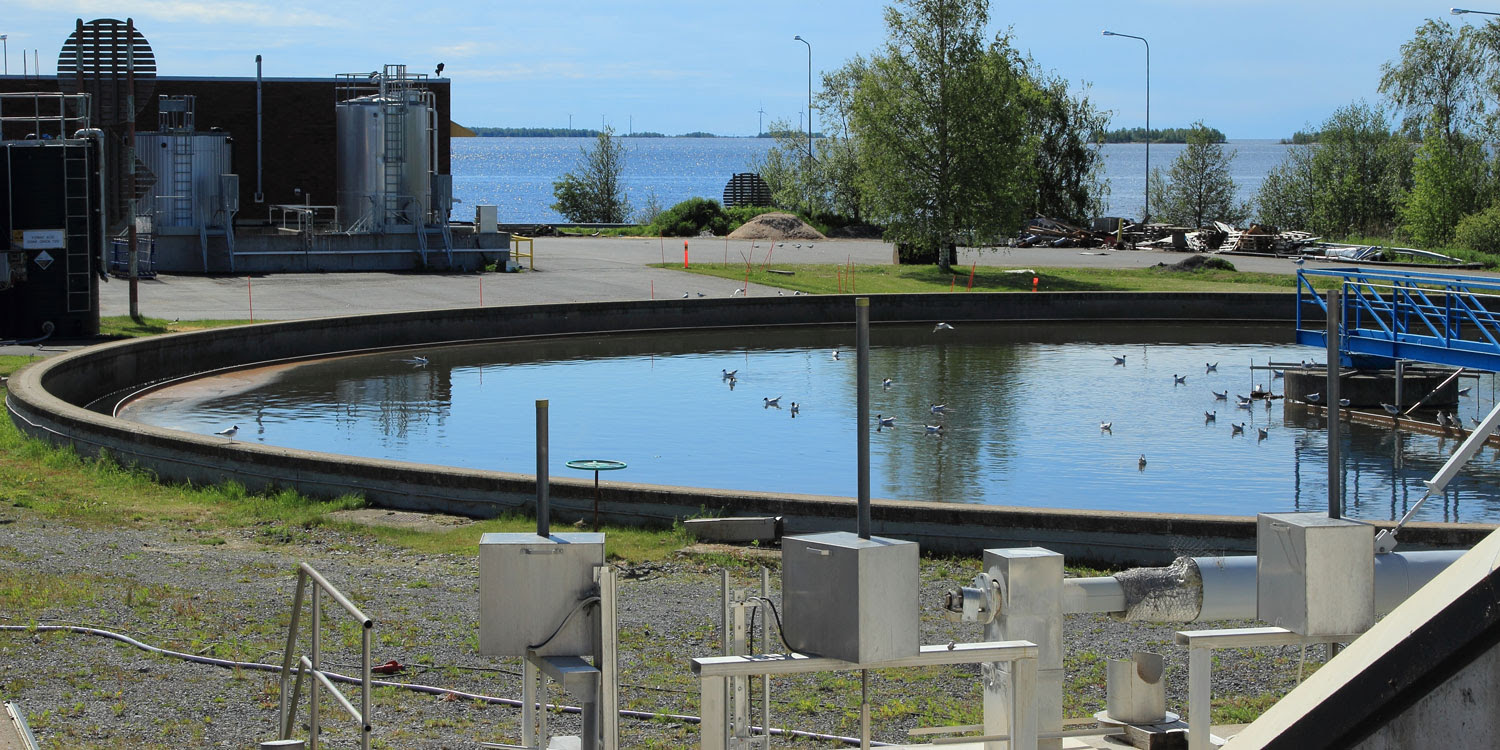LOCAL
Tracing COVID-19 spread through wastewater
Researchers of the University of Minnesota are aiming to track the spread of COVID-19 in the state through human waste. Glenn Simmons and Richard Melvin teamed up for the study.
One of the easiest ways to trace the virus's spread across Minnesota, in a way health officials aren't able to with in-person testing, would be to noninvasively kind of scan the population for the presence of the virus—by looking at wastewater, according to the researchers. Earlier this year, scientists in the Netherlands detected traces of the new coronavirus in wastewater while monitoring the circulation of the virus in the population.
The researchers enlisted the help of the Minnesota Environmental Science and Economic Review Board, a joint powers organization of 50 communities with wastewater treatment systems. Wastewater samples are expected to be collected and tested over the next several months. Samples will be analyzed to detect genetic material from COVID-19, then use a process called polymerase chain reaction (PCR) to measure the amount of virus.
The University of Minnesota is one of the only universities in the country monitoring wastewater for COVID-19 on such a broad scale. Hence, information gleaned from the study will be shared with the Minnesota Department of Health and the broader scientific community to assist health care professionals and government leaders as they develop testing and mitigation strategies in the ongoing fight against the disease.
MPR News
Hutchinson Leader
Hibbing Daily Tribune
NATIONAL
Multistate Salmonella outbreak linked to backyard flocks
A Salmonella Hadar outbreak has infected 97 people in 28 states and seventeen people have been hospitalized. There have been no deaths, and 30% of the people infected with the strain are children younger than 5 years of age. In interviews with 44 off the people who got sick, 38 reported contact with chicks and ducklings. They reported getting the animals from agricultural stores, hatcheries and various websites, according to the Centers for Disease Control and Prevention (CDC).
This outbreak is similar to a deadly cluster of outbreaks from this past year. In 2019, 1,134 people were infected with the strains of Salmonella. They were from 49 states and the District of Columbia. Of the 740 people with information available, 219 (30%) were hospitalized. Two deaths were reported, one from Texas and one from Ohio. In interviews, 392 (63%) of 619 ill people reported contact with chicks or ducklings.
Backyard poultry can carry Salmonella that can make people sick, even when the birds look healthy and clean. Infants, children, seniors, and people with weakened immune systems are at higher risk of serious illness because their immune systems are fragile, according to the CDC. Though most people infected with Salmonella run through symptoms like diarrhea and fever within a week, on occasion, the diagnosis requires hospitalization.
The CDC recommends chick owners keep a separate pair of shoes to wear inside the birds’ habitat and only wear them outside, avoid kissing or snuggling backyard poultry, and washing hands after interacting with the birds and their environment. It’s a good idea, too, to keep the birds out of homes, especially in kitchens or living rooms where they could come in contact with the food.
CDC
MyChesCo
Food Safety News
INTERNATIONAL
Birds are eating hundreds of plastic fragments daily
A new study finds that birds are eating hundreds of bits of plastic every day through the food they eat. This has become a matter of concern for the global community as it points towards a disturbing food chain and its inherent dangers. The scientists from Cardiff University, the University of Exeter and the Greenpeace Research Laboratories found that birds along Britain's rivers are eating hundreds of pieces of plastics (microplastic) daily because the worms and insects they feast on have also swallowed the plastics.
Previous research has also shown that half of the insects in the rivers of South Wales contain small plastic fragments. The fact that so many river insects are contaminated makes it inevitable that fish, birds and other predators will pick up these polluted prey—but this is the first time that this type of transfer through food has been shown clearly in free-living river animals, Joseph D'Souza, one of the researchers, said in a BBC News interview.
The research team examined plastic pollutants found in a bird known as a dipper, which wades or dives into rivers in search of underwater insects. They looked at droppings and regurgitated pellets from the birds and found small plastic fragments in roughly half of 166 samples taken from adults and nestlings at 14 of 15 sites studied. Calculations suggest dippers are ingesting around 200 tiny fragments of plastic a day from the insects they consume.
Similarly, another study published in the journal Environmental Pollution recently revealed that birds of prey in Florida swallow tiny bits of plastic debris at a rate of hundreds a day, particularly microplastic fragments made of polyester, polypropylene, and nylon. From the 63 birds examined, representing eight different species, all were found to have microplastics in their GI tract. According to the University of Central Florida, birds of prey are top predators in the ecosystem. By changing the population or health status of the top predator, it completely alters all of the animals, organisms, and habitats below them on the food web.
EcoWatch
BBC News
The New Leam
|

